
Guide to Japanese Sake
De Team MUSUBI
Sake is more than a drink in Japan; it’s deeply rooted in the culture, religion, and the arts. Refined throughout the centuries, sake embodies the spirit and soul of Japanese craftsmanship. From New Year's festivities to weddings, funerals, and seasonal events, sake is woven into the cultural fabric of Japanese life.
This guide offers a journey through the rich history of sake, explores the ingredients and meticulous process involved in its production, and introduces the diverse types that define its landscape. Whether you’re a curious newcomer or seasoned enthusiast, this overview will deepen your appreciation for one of Japan’s iconic and enduring traditions.

Table of contents
A Sacred Beginning: The History of Japanese Sake
Ancient Beginnings to Brewing for the Imperial Court
Various theories surround the origin of sake in Japan, but it is believed that its production began alongside the start of rice farming during the Yayoi period (300 BCE–300 CE). Shrine maidens brewed sake for the deities, marking its sacred beginnings.
During the Nara period (710–794 CE), brewing methods evolved into forms similar to today’s. The establishment of Sake-no-Tsukasa, a governmental brewing office, signified the beginning of systematic, state-controlled sake production. Its use remained exclusive to the upper class, enjoyed during ceremonies, festivals, and feasts.

Temple Innovations and Wider Access
In the Muromachi period (1333–1573 CE), Buddhist temples took sake-making to new heights. Introducing lactic acid and shubo (yeast starters), they laid the foundation for modern brewing. Sake became more stable, palatable, and accessible to the public.
In the Edo period (1603–1868 CE), brewing methods advanced significantly with the widespread adoption of hi-ire (low-temperature pasteurization). This technique gently heats the sake to preserve its flavor while preventing spoilage, allowing for longer storage.
Additionally, brewers began adding distilled alcohol to enhance flavor and prevent bacterial deterioration, given the poor sanitation and reuse of wooden barrels. These innovations and the kanzukuri rei (winter brewing law), which limited brewing to the cold months, laid the foundation for modern sake production.

Modernization to the Present Day
The Meiji period (1868–1912 CE) brought scientific advances, improved rice strains, and modernized brewing facilities. During World War II, rice rationing and scarcity led to the creation of sanzo-shu, which was made by adding distilled alcohol, sugar, and glutamate to stretch limited ingredients. While a temporary measure, the low-quality, overly sweet sake contributed to a decline in sake consumption.
However, in the post-war years, a movement toward quality reemerged. Premium sakes like ginjo and local sake boom renewed interest in the sake industry. Traditional sake brewing was inscribed on UNESCO’s list of Intangible Cultural Heritage in 2024, recognizing its enduring cultural significance.

The Art of Brewing: How Sake Is Made

The sake brewing process shares similarities with beer but involves a unique characteristic: a two-step fermentation. The conversion of starch to sugar and sugar to alcohol happens in two separate stages, instead of simultaneously as with beer.
It begins with steamed rice and koji mold (Aspergillus oryzae), which breaks down the starch into fermentable sugar. This mixture, combined with more rice and water, ferments to form a fermentation starter called moto. Additional rice, water, and koji are added in stages over several weeks to build the moromi, the main mash. After fermentation, most sake is filtered and unaged, resulting in a clean, delicate taste.
The Essence of Flavor: Key Ingredients of Sake
Rice – The Soul of Sake

Saka-mai (sake rice) differs from table rice. Its larger grains and starchy core make it ideal for brewing. The polishing ratio, or seimai-buai, determines how much of the grain's outer layers are removed. Higher polishing leads to a lighter, more refined taste and is sold at a higher price point. In Japan, each region has its own designated variety of sake rice.
Koji – The Magic Mold

Koji mold is the heart of sake brewing. Cultivated on steamed rice, it converts starch into fermentable sugars. Each sake brewery rigorously controls it, as it can make or break the batch.
Water – The Source

Sake comprises as much as 80% water, making water quality crucial to its flavor and character. For this reason, sake breweries have long been established near sources of clean, natural spring water. The mineral content of the water plays a significant role: hard water, like that found in Nada, tends to create robust, full-bodied sake, while the soft water of Fushimi results in a smoother, more delicate taste.
Exploring the Landscape: Types of Japanese Sake

The diversity of sake reflects the brewing technique and the brewer’s vision. Here are some of the styles you may encounter:
Junmai : Junmai sake is made from rice, koji, and water. Because it is made only from these three ingredients, you can enjoy the rich aroma and flavor of rice.
Ginjo : Ginjo is a premium sake made with rice polished to at least 60%, brewed at low temperatures to develop fruity and floral aromas.
Daiginjo : Daiginjo is made with added brewing alcohol and has the highest degree of rice polishing.
Junmai Ginjo : Junmai Daiginjo is known for its elegant aroma, clean flavor, and smooth texture, made with rice polished to the highest degree.
Junmai Daiginjo : Junmai-daiginjo has a sweeter taste with the highest degree of rice polishing.
Honjozo : Honjozo is brewed with the addition of brewing alcohol to heighten the aroma. Its versatility sets it apart; it’s a great table and delightful at any temperature.
Nigori : Nigori, often called “cloudy sake,” is a sake variety with settled sake lees, giving it a distinctive, bold flavor and a touch of sweetness. To enjoy it fully, give the bottle a gentle shake to stir the lees before pouring.
Ara-bashiri : Ara-bashiri is the sake that first comes from the filtering cloth without pressing. It has a fresh, powerful aroma and taste and is one of the most popular types of sake in Japan.
Nama-zake : Also known as Kizake or Nama-shu, it’s unpasteurized and fresh sake, which preserves the lively aroma of the koji. You may be surprised by a subtle sparkle in its taste.
Doburoku : Doburoku was a common homemade brew before the Liquor Tax Law during the Meiji era. Cloudy and unrefined, it offers a robust and earthy flavor.
Discover how the shape, material, and size of your sake vessel can unlock subtle aroma and flavor nuances—dive into our in-depth blog post on selecting the perfect cup for every style of sake.
Sake in Everyday Life: How to Enjoy It

Sake is wonderfully versatile. Depending on the type and the season, you can serve it chilled, at room temperature, or piping hot. The choice of cup, from a small ochoko to a wide-mouthed guinomi or even a wine glass, can enhance the aroma and experience. There are no hard rules, so feel free to experiment!
Pairing sake with food reveals its versatility, from vibrant hot pots, sashimi, grilled fish and meats to cheese and non-Japanese cuisines. Typically enjoyed with meals, its gentle acidity and umami make it a natural match for all sorts of dishes. For a deeper dive into pairing strategies—complete with seasonal menus, tasting notes, and serving tips—be sure to explore our previous blog post on sake pairing.

A general rule for sake pairings is to match the temperature, flavor intensity, and product region. For example, pair chilled foods with cold sake, rich-flavored foods with bold sake, and sake from the seaside with seafood. Learn more about the art of warm sake from our previous post on Okan.

For those visiting Japan, stopping at a local izakaya or sake bar offers a drink and cultural immersion. Let the menu guide you, or ask the staff for recommendations.
Conclusion
From sacred rites to casual, everyday rituals, sake connects the past with the present in every sip. As you explore its many forms and flavors, you’ll see sake not just as a drink, but as a story to be told.
Kanpai!
Cheers!






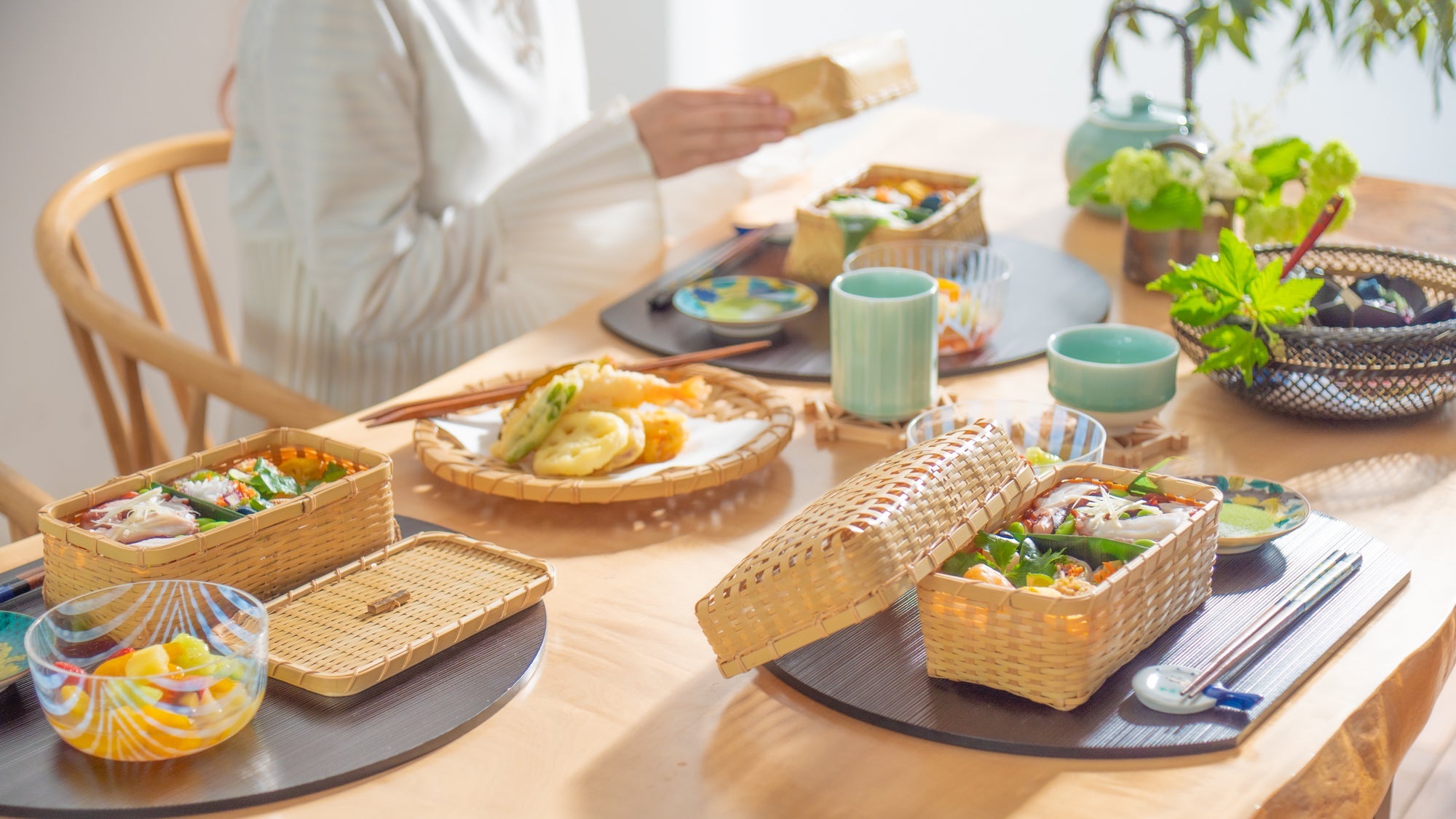

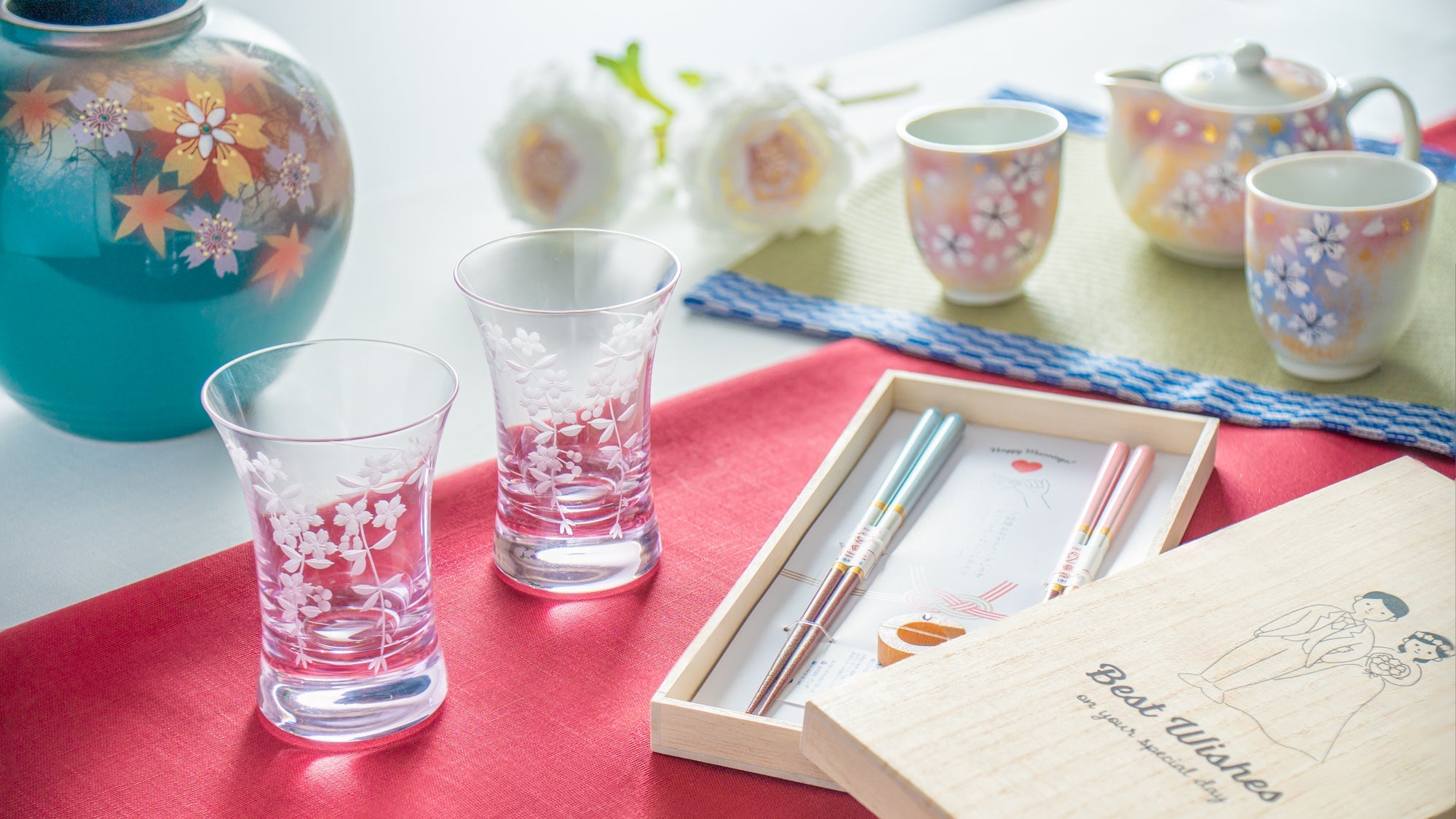
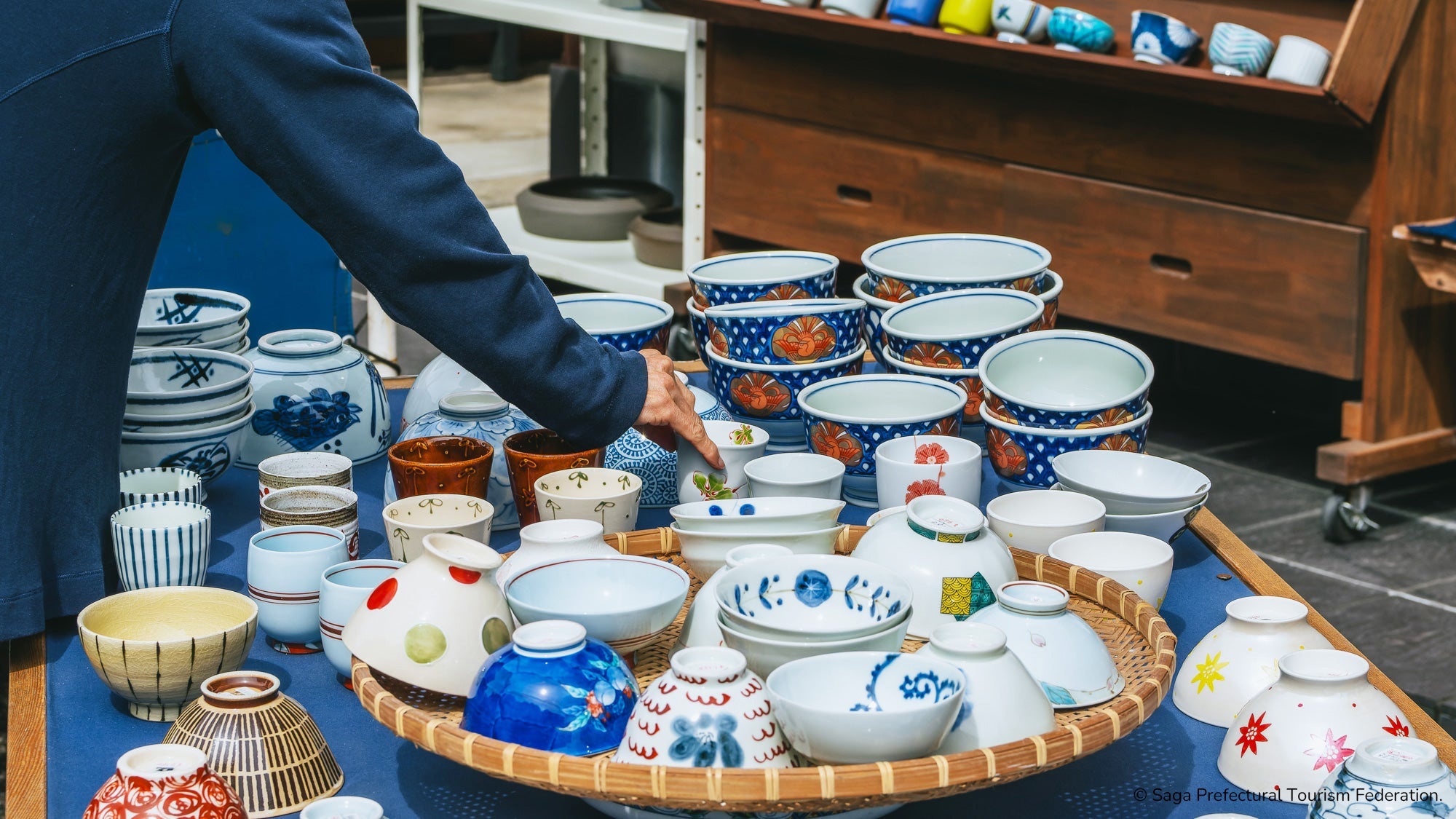

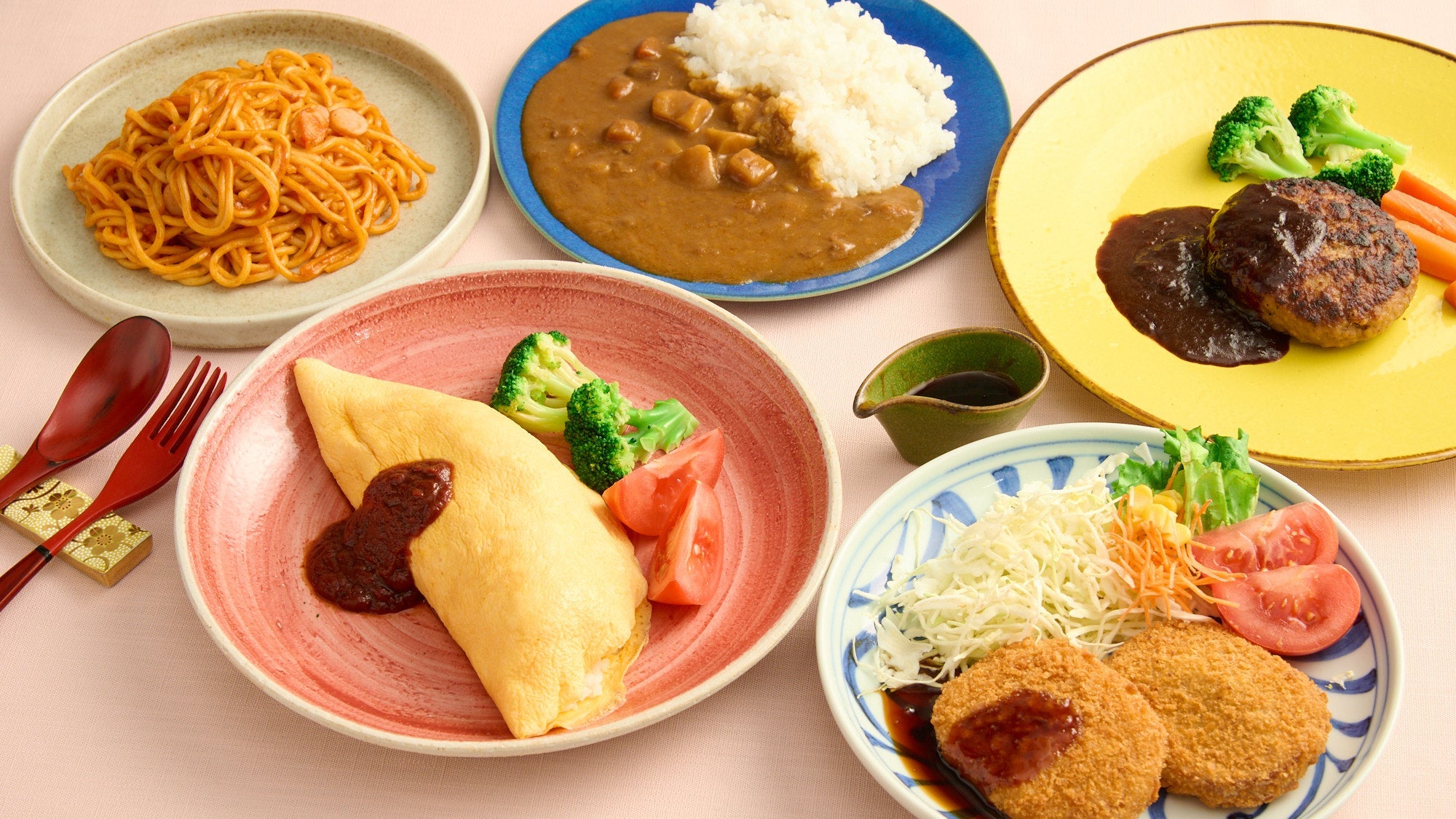
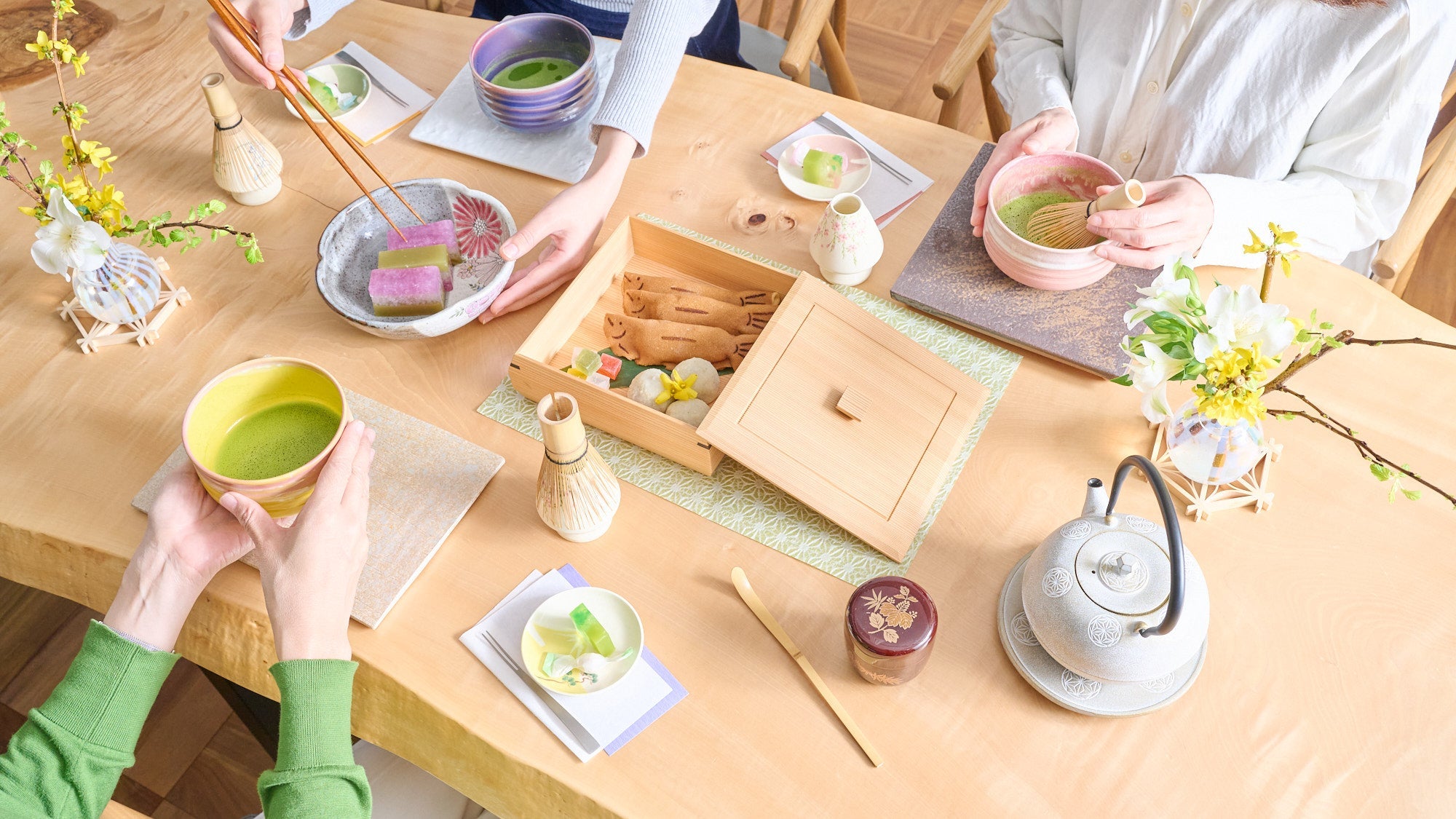

Dejar un comentario
Este sitio está protegido por hCaptcha y se aplican la Política de privacidad de hCaptcha y los Términos del servicio.